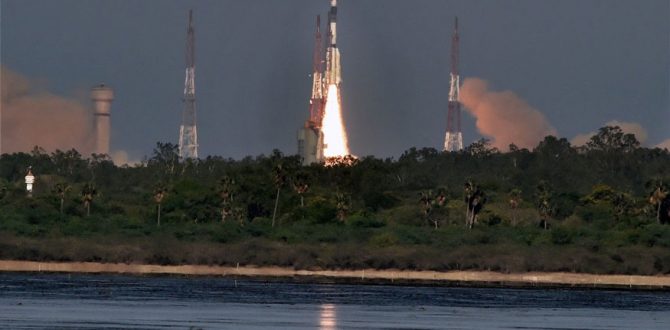Space observatories hold advantage over those based on Earth by minimising disturbance factors caused by lightning, electromagnetic radiation distortion and such. Through the space observatory, ISRO will be able to observe distant planets, galaxies and other such astronomical objects more clearly.
Major institutes involved in making the AstroSat-1 a success are Indian Institute of Astrophysics (IIA) (Bengaluru), Physical Research Lab (PRL), (Ahmedabad), Raman Research Institute, (Bangalore), Inter-University Centre for Astronomy and Astrophysics (IUCAA), (Pune) and MP Birla Institute of Fundamental Research (IFR), (Bangalore).
Also read: NASA’s Kepler Discovers Nearly 100 New Exoplanets
The AstroSat-1 weighs 1,515 kg and was launched on September 28, 2015. The AstroSat-1 has a lifespan of 5 years, hence ISRO looks to complement the satellite with the AstroSat-2 before its life-cycle ends in 2020.
The AstroSat-1 circles the Earth fifteen times a day, completing one circle in 97 minutes. With its launch, India was able to join the select few nations having their own space observatory, namely US, Russia, Japan and Europe.
With five hi-tech cameras as its payloads, covering the energy bands of ultraviolet (near and far), limited optical and X-ray regime (0.3 keV to 100keV), the AstroSat-1 studies the binary star system, neutron stars, black holes and star birth regions. AstroSat-1 also enables simultaneous multi-wavelength observations, meaning the ability to monitor various astronomical objects with a single satellite.
Watch: Tech and Auto Show Ep 31 | Auto Expo 2018 Special | Unveilings & Launches






